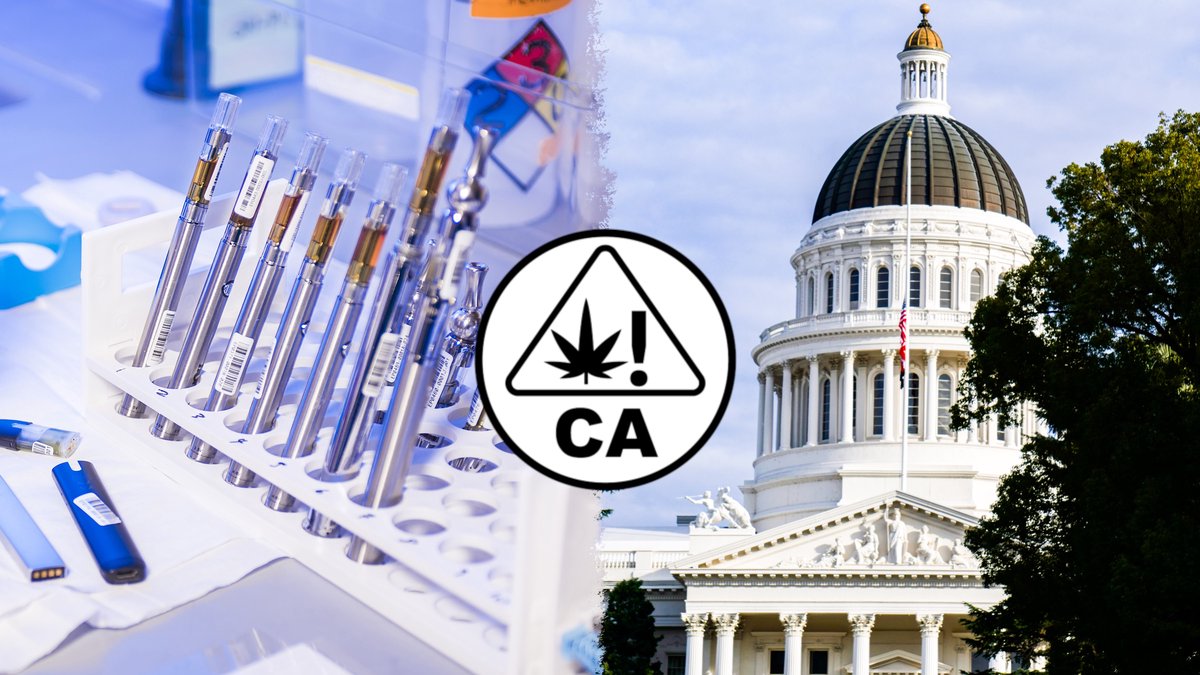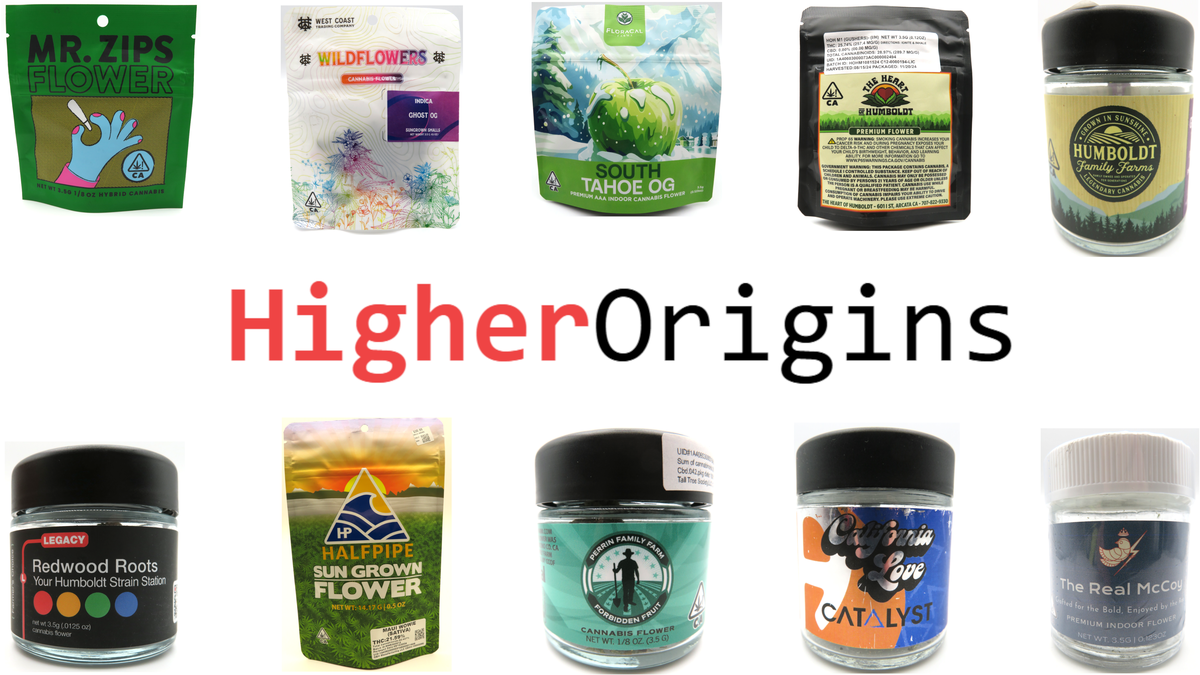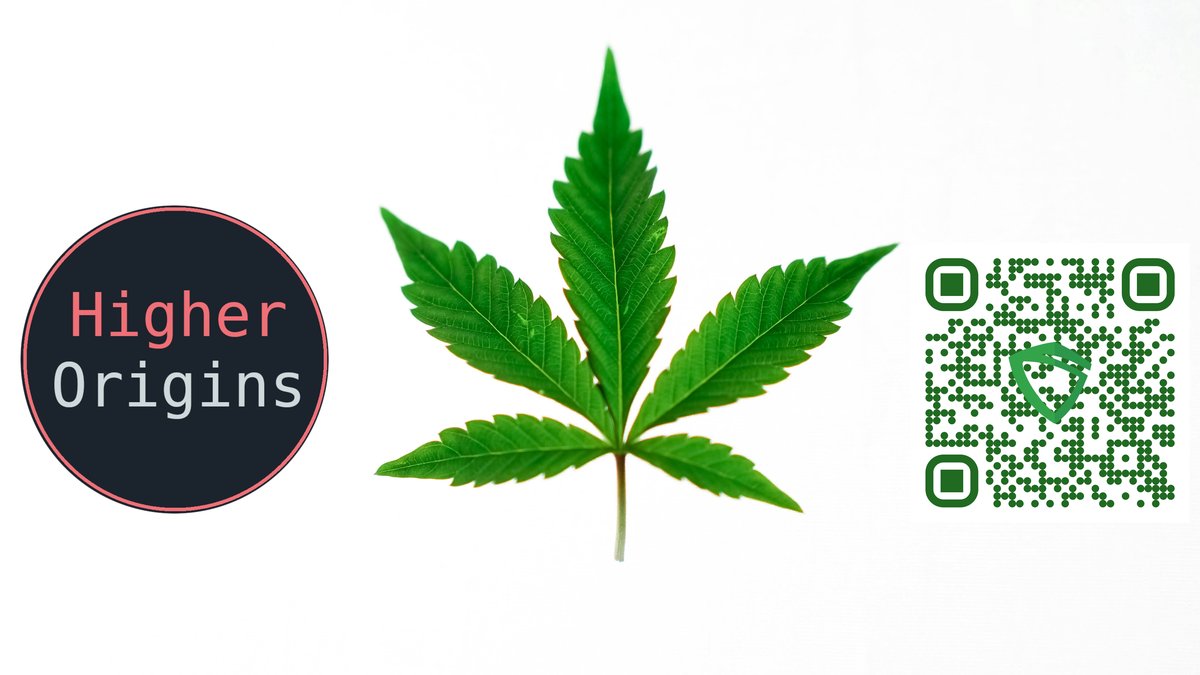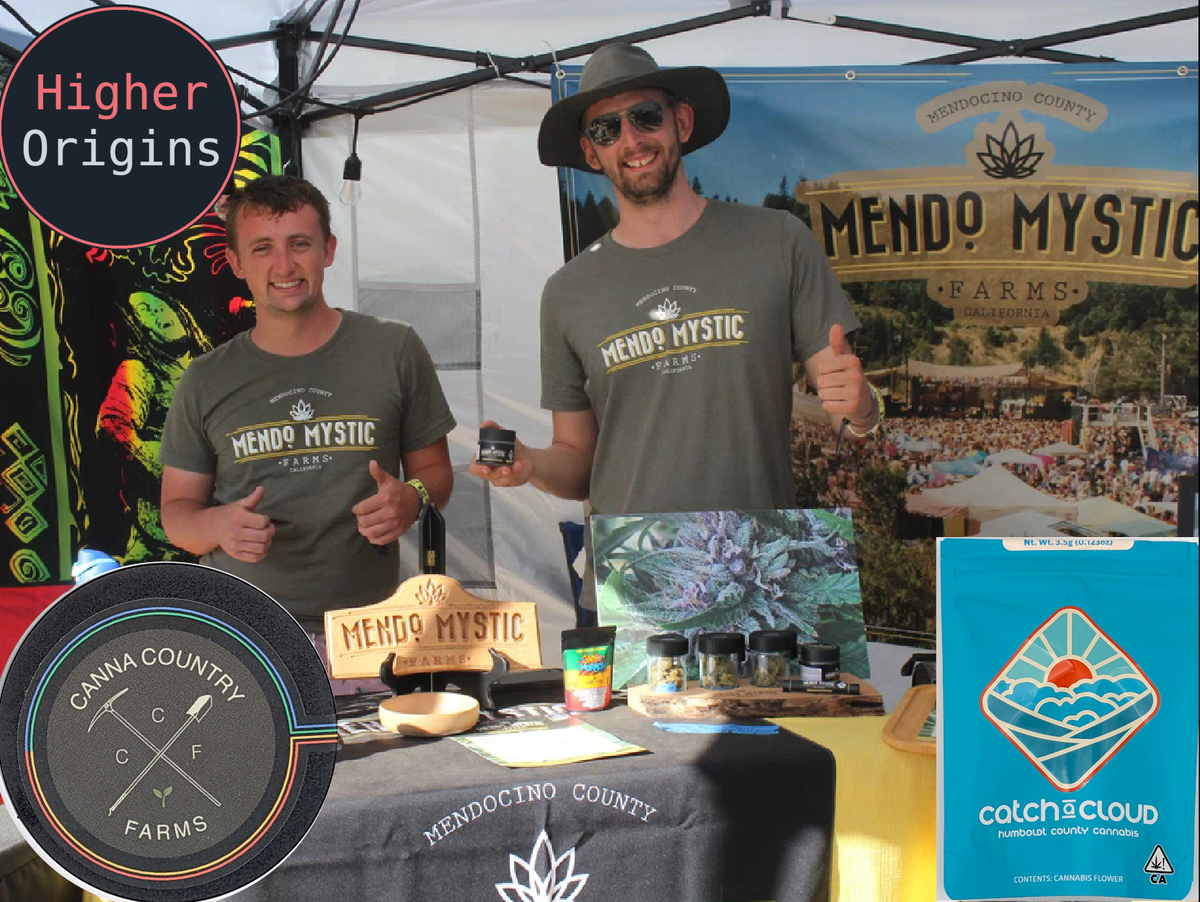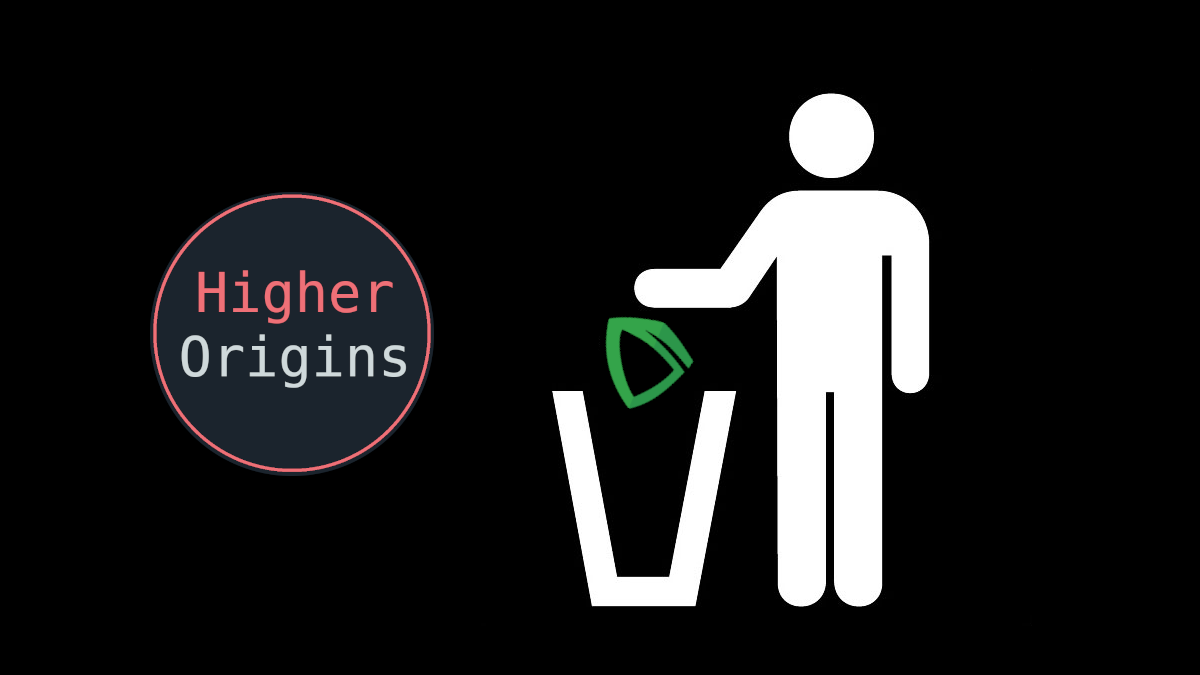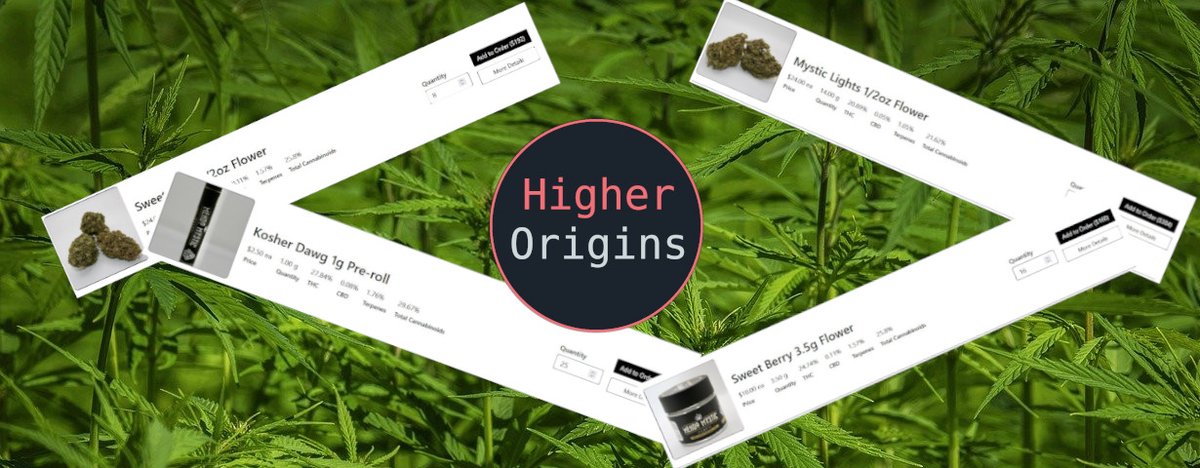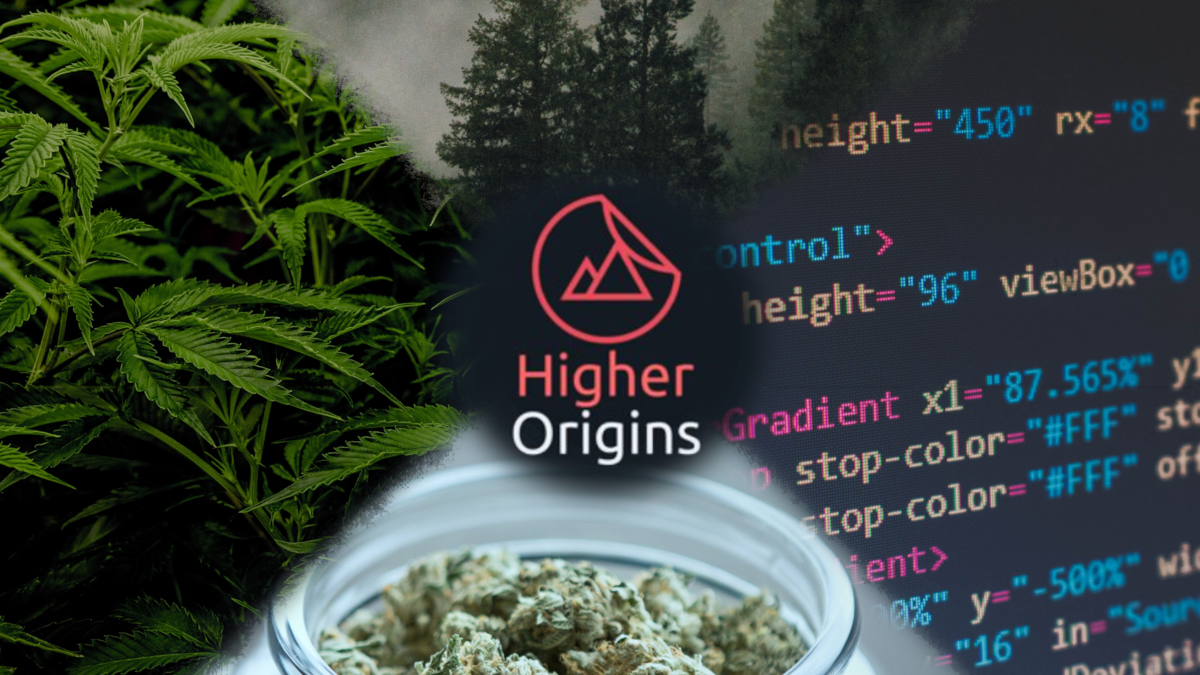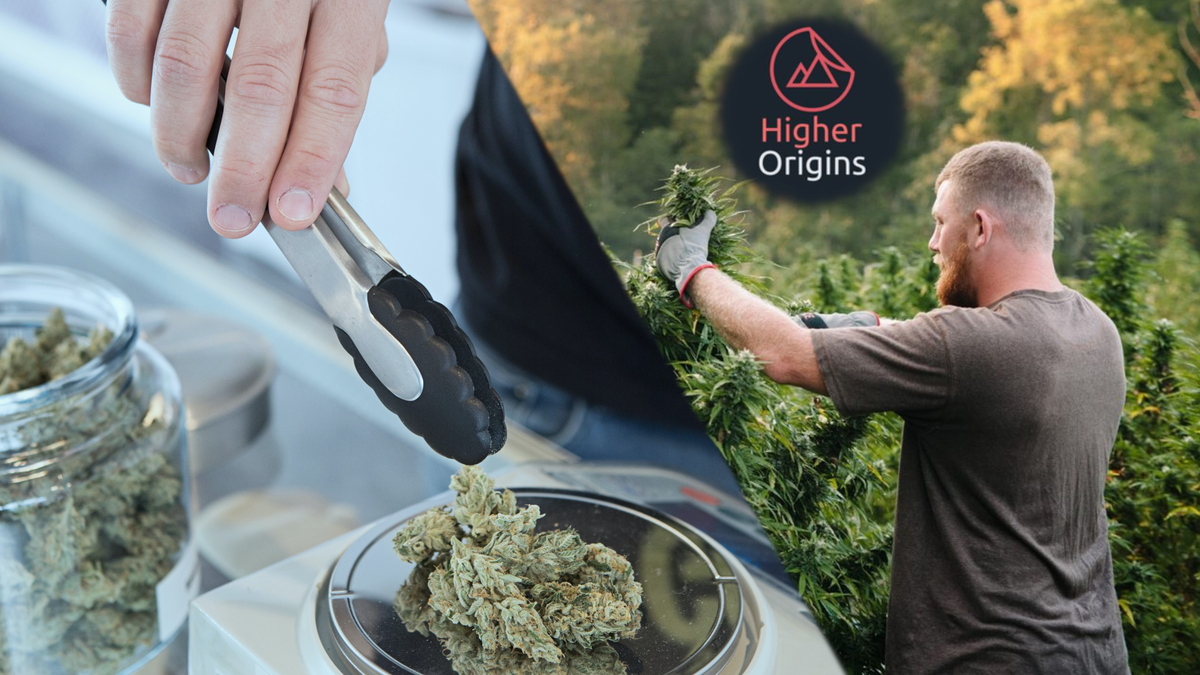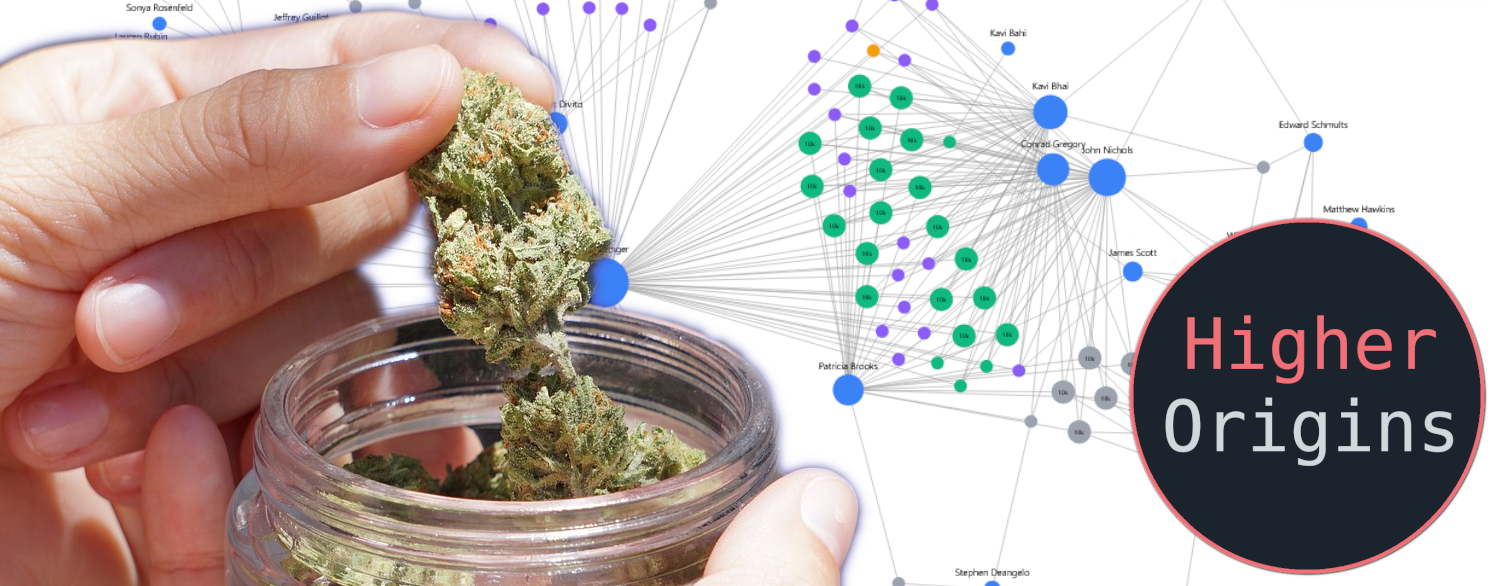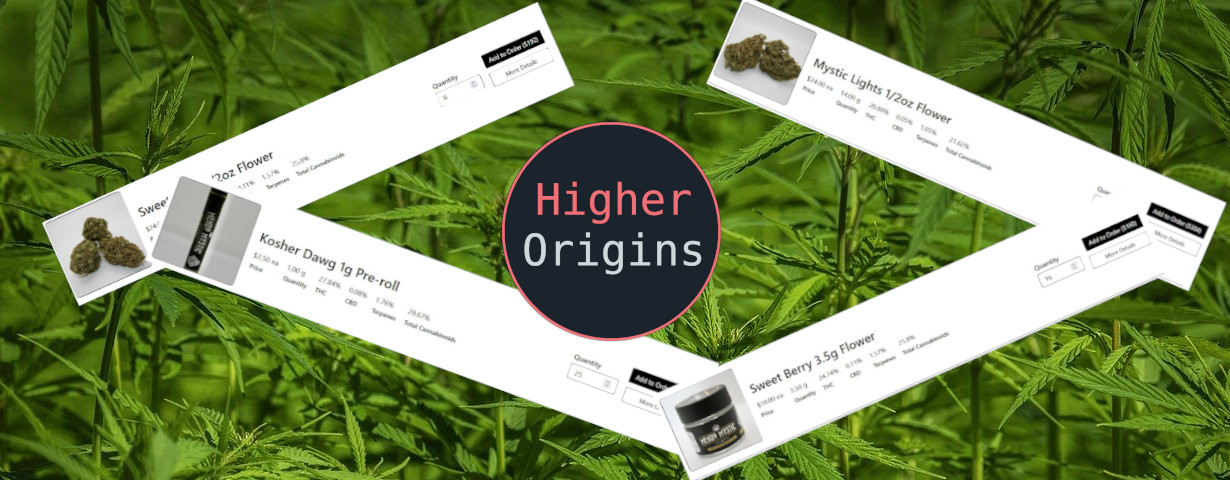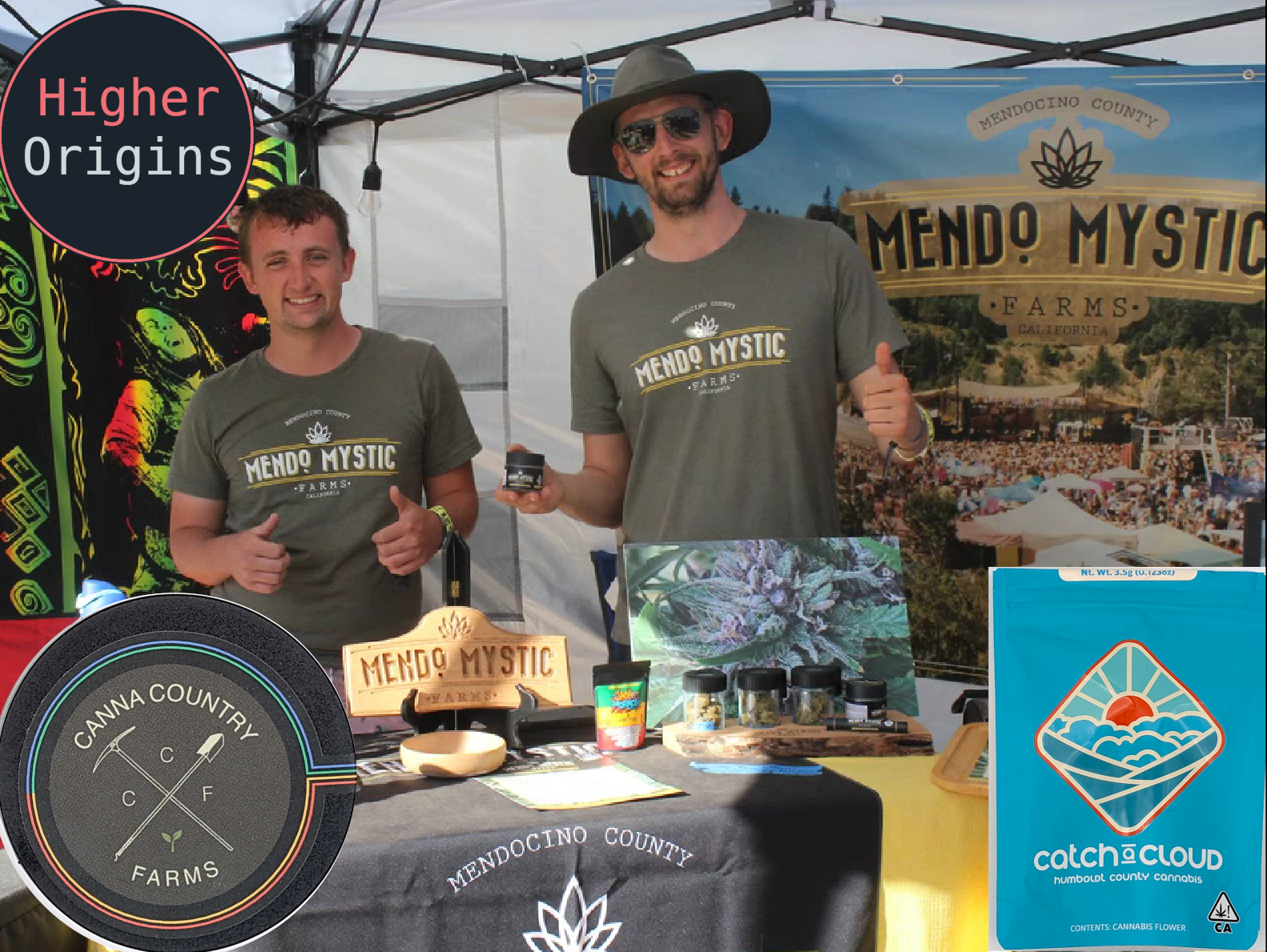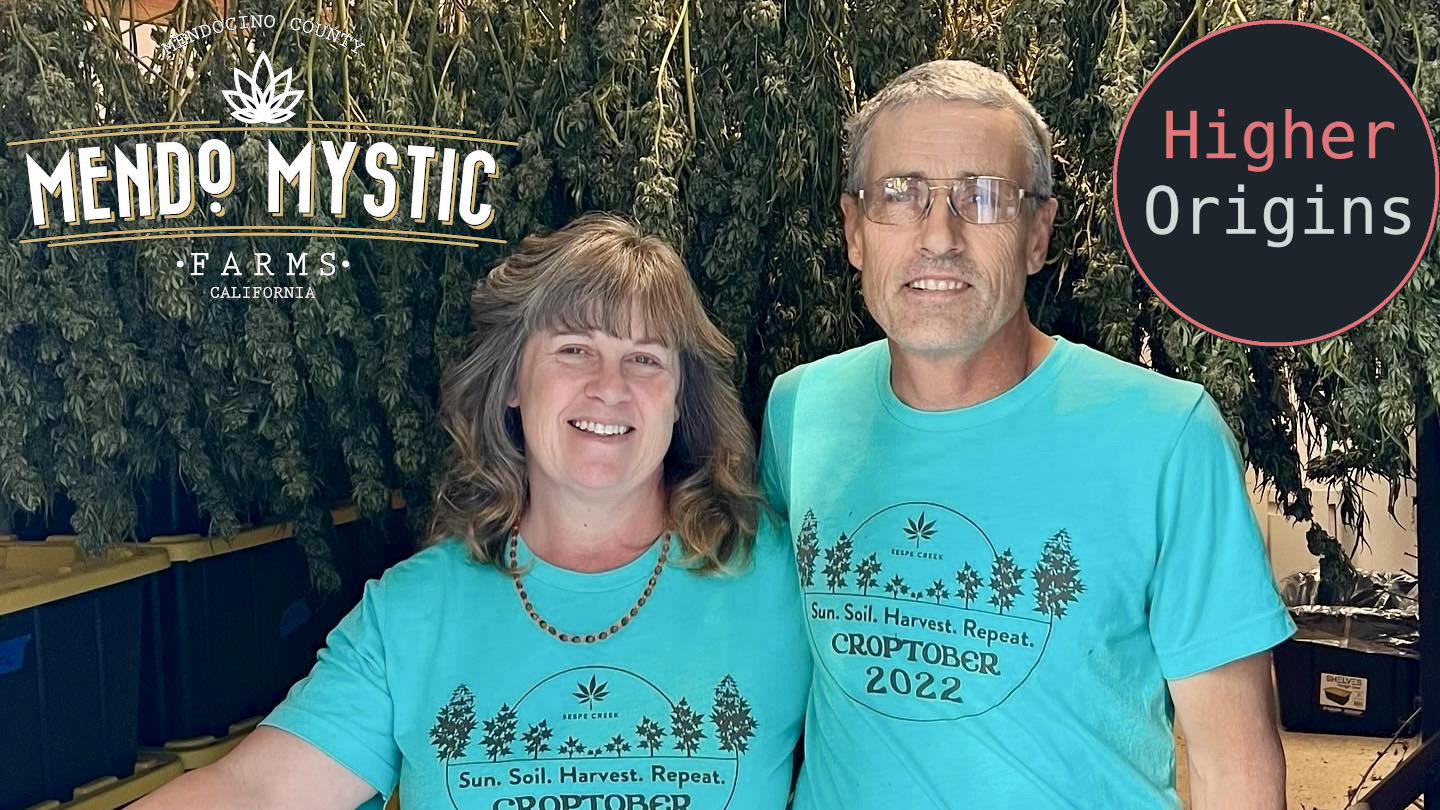At Higher Origins we make no secret about being on the cultivator's side of the market- one of our founders still lives on the farm. As a result, we've been thinking a lot about what challenges and changes other cultivators in the community have been dealing with recently, and made this write-up to cover three of them.
Testing
Testing for potency, toxins, and terpenes is a key part of achieving safety and stability in the industry. Really, as far as the strict requirements of the regulatory regime go, it's probably the most reasonable and defensible action. After all, who wants to smoke polluted cannabis, or buy something less potent than what they were told? Overall, testing is a net good, but like all regulations it comes with some problems.
One of the most important things when it comes to testing is good ol' THC. The more your crop has, the more you can sell it for, almost as a rule unless you're growing CBD dominants, or an exotic that gets sales based on name value alone. While pricing revolves around THC, scientists have discovered that higher THC is actually a poor indicator of potency, and the effect a consumer gets from their cannabis is more determined by the combination of terpenes and their bodies own unique ability to process cannabinoids. Nevertheless, in an industry where most farms are operating with slim margins, a crop that tests lower for THC than expected can do real financial damage.
Another piece of the testing puzzle is consistency. There's no clear rule for what kind of chemical processes labs should do to test cannabis samples. This means that identical samples sent to different labs around California will vary by several percent, even on high-priority chemicals like THC and CBD. Cannabis testing is usually done with a science called chromatography, where the chemical compounds in the plant can be measured based on the kind of light they reflect. The machines for this process are very sensitive to tiny changes in cleanliness, sample preparation, and testing chemicals.
What all this THC-hype and testing inconsistency means is that people end up choosing certain labs over others due to that lab's tendency, either purposeful or accidental, to inflate THC percentage results. This is known as "Lab Shopping" and has been a poorly kept secret for a while. Lab shopping exists in a gray area of financial desperation and moral debate. On one hand, it gets industry players more money and since THC is less important than its dollar value reflects, it doesn't impact the consumer much, especially since labs are still (hopefully!) responsibly testing for harmful toxins. On the other hand, it's directly exploiting a failure in the regulatory standards for gain, and results in bad data for the entire industry. Luckily, further moral debate on this is being ended at the stroke of the Governor's pen.
A new piece of legislation- Bill SB-544 will standardize testing methods, rules, and enforcement statewide, with standards being enacted starting at the beginning of 2023. The changes will not take place overnight, as there is a rollout period and the bill does give labs some flexibility due to the costs of standardization. From the industry point of view, there will be a lot of people getting lower test results than they're used to, and as a result less money. This will undoubtedly hurt some businesses but will help level the playing field for everyone going forward.
Labeling
We're all familiar with the labels on our favorite products, and for many of us the little "Caution: Cannabis!" triangle on a jar or bag is just another sign of a good time or relaxing session. However, for some groups with ideological or financial interests in the consumer health sector, those labels may not be enough. The scientific reality is that cannabis can have side effects, either from consuming too much, or in people with medical or psychological sensitivities to the active ingredients. Another new piece of legislation, SB 1097 (AKA The Cannabis Right To Know Act) advanced by 6th District Senator (and medical doctor) Richard Pan, aims to expand the warning labels on cannabis products. These new labeling rules would include mandatory sizing and placement of the warnings which would contain a variety of science-based warning messages. Likewise, the bill would add "buy legal" statements to motivate consumers to only buy licensed and tested products, and require retailers to supply first time buyers with informative pamphlets at point of sale. Realistically, the practical effect for industry players will be having to double check, re-design, and re-order their labels or face the usual fines and punishments, as well as keep a stack of pamphlets by their POS.
Regardless of how compelling (or not) the current research on cannabis may be for you, it's fairly clear that moderation and responsible consumption can keep our customers happy and returning, and if informative labels can help that, there's a strong argument for their adoption. However, we also have to look at this from the perspective of history, where government regulation of cannabis has largely been based in propagandist fear mongering, racism, industrial protectionism, and keeping prisons full. The arguments for these labels seem to have good intentions and are moderated with scientific research, however, healthy skepticism of cannabis regulation is mandatory given the bad faith actions of the past. As always, follow the money- this bill's main lobbying group is Getting it Right From The Start and you can investigate Congressman Pan's political sponsors here.
Branding
Branding is the name of the industry game now, and has influenced how we form our opinions on what we like, what we don't like, and what gets us to buy. Overall, a strong brand really is a make or break factor in today's industry. So, if branding is king, and farms are struggling, why don't farms just build a strong brand and reap the benefits to close the financial gap? Well, some are, but it's not just as simple as slapping a logo on your packaging and starting an Instagram. Here's a few obstacles that farms have to deal with on their way to brand land.
Retail Packaging
From the consumer side, a doob tube or a mylar bag might seem like a trivial expense when compared to the green gold inside, but at scaled production, these materials can cost thousands. Farms who want to fully self-brand have to figure out the sourcing and supply chain of thousands of containers, make sure they arrive when needed, label them, and finally pack them with the correct weight of product. This is a lot of moving parts, and can seem like a nightmarish obstacle to cultivators who are already preoccupied with their crop. Third party manufacturers are available to outsource to, but paying someone else to do it may not be in the slim budgets of most cultivators.
Cost/Volume
Economies scale, and for small scale growers, branding may not be as economical. The added cost of setting up a brand may just be too much to offset with the limited weight of product that smaller farms produce. There's simply not enough weed to sell to make the math work in the farms favor.
Distributor Access
It's 2022 and retailers and farmers are still leaving each other voicemails to source and sell cannabis. This problem for some reason still exists, and it makes normal operations inconsistent and hard enough as it is. Trying to establish a mutually beneficial, trustworthy, and reliable partnership with a distributor to bring a brand to market is a difficult task that requires a fair amount of luck and legwork. Since farms cannot technically work with a retailer without a licensed distributor performing the function of legal middleman, this limitation can stop a farm from selling their product entirely. Additionally, the COA labeling costs that some distributors charge can run as high as 30% of retail revenue, effectively slashing the profit margins of a self branded farm.
Connections to Retail
Imagine: you grow the best cannabis in the world, but when it gets to the retailer, it's put on the bottom shelf and the budtender doesn't know anything about it to sell it effectively. Or, you have the best dispensary in town and customers are telling you that the new eighths you're selling aren't very good. Without a solid connection and open communication between retail and cultivation, these problems can't be solved. To establish and maintain this connection, massive amounts of networking and sales effort is needed, which busy cultivators often can't fit into their schedule. If only there was a solution to this problem...
